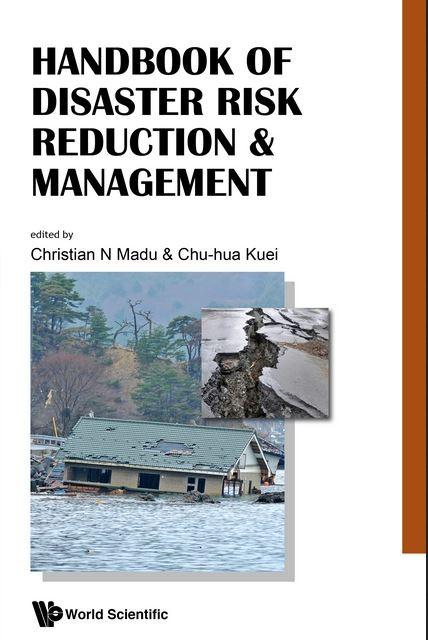
Credit: World Scientific
No corner of the world has escaped unscathed from climate change. The recent unprecedented increase in natural disasters around the world reaffirms the great risks posed by this global crisis. A global effort is therefore needed, in order to comprehend the situation more completely, and to approach its associated challenges and mitigate its risks more confidently.
With the input of leading researchers and practitioners worldwide, the Handbook of Disaster Risk Reduction & Management offers a balanced and a multi perspective approach to reduce and manage risks associated with natural disasters. The handbook covers pre- to post- disaster occurrences from a wide range of perspectives, such as gender and country.
Published by World Scientific, this handbook explores climate change and its association with socio-economic development and cultures, particularly in vulnerable communities, and investigates how resilience to disasters can be built. As its title suggests, the focus is on mitigation strategies and policies to reduce and manage the consequences of natural disasters.
An important aspect of this handbook is its harmony and dedication to collect in place so many worldviews, as a global humanitarian engagement project to grapple with the occurrences and impacts of disasters. Edited by Christian N. Madu and Chu-Hua Kuei, both Professors in the Lupin School of Business at Pace University, New York, USA, the book is an international collaboration to proffer solutions to the problems caused by disasters, and is a worthwhile effort that can benefit a variety of audiences–from policy makers to citizens–interested in understanding more about today's global challenge.
###
Handbook of Disaster Risk Reduction & Management retails for US$288 / £253 (hardcover) at leading bookstores. For further information regarding the book, please visit http://www.worldscientific.com/worldscibooks/10.1142/10392 If you require a review copy, or any additional information, please contact Amanda Yun at [email protected].
About World Scientific
World Scientific Publishing is a leading independent publisher of books and journals for the scholarly, research and professional communities. The company publishes about 600 books and 130 journals in various STEM fields annually. World Scientific collaborates with prestigious organisations like the Nobel Foundation and US National Academies Press to bring high quality academic and professional content to researchers and academics worldwide. To find out more about World Scientific, please visit http://www.worldscientific.com.
For more information, contact Amanda Yun at [email protected].
Media Contact
Amanda Yun
[email protected]
@worldscientific
http://www.worldscientific.com
Original Source
http://www.worldscientific.com/page/pressroom/2017-09-22-02





